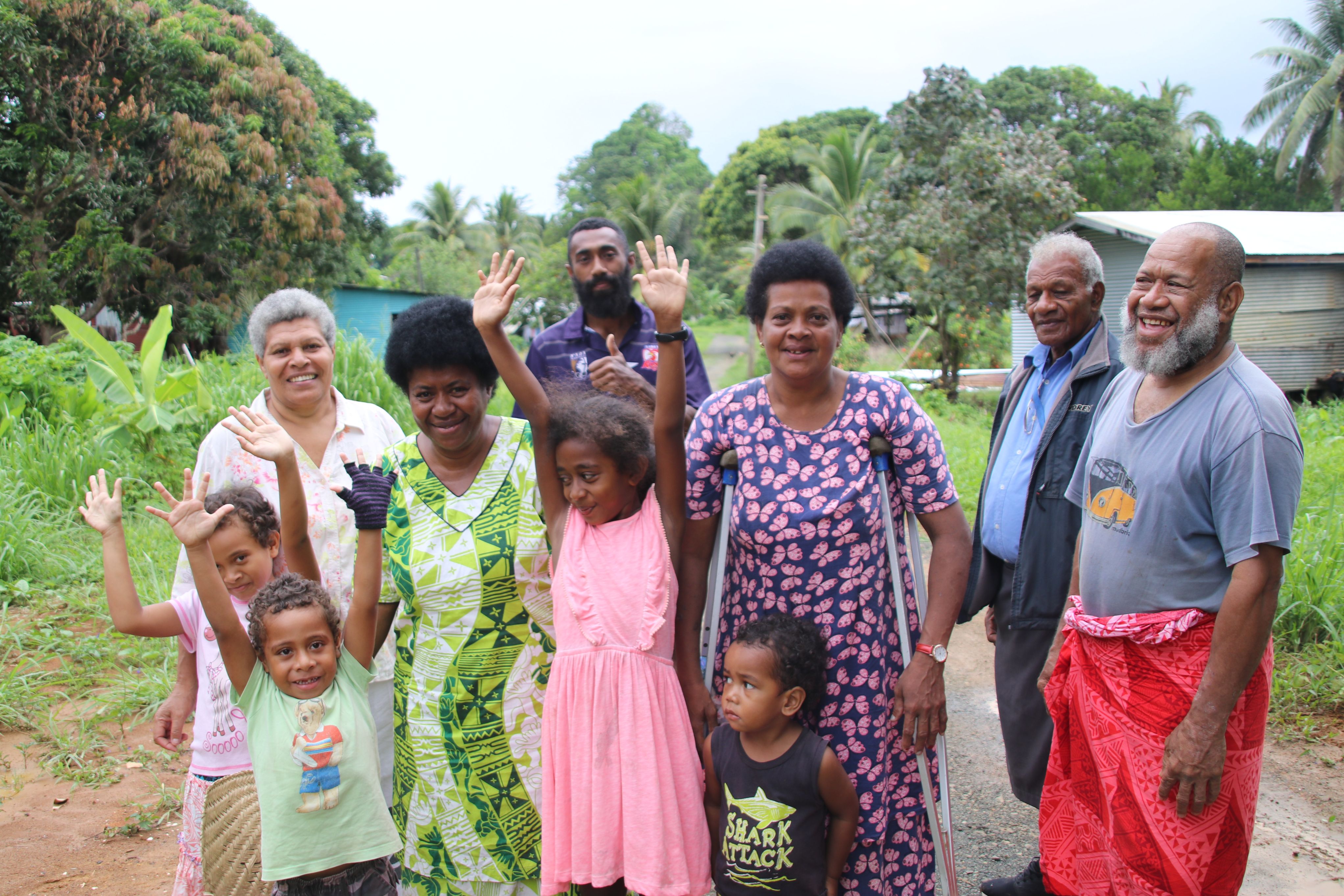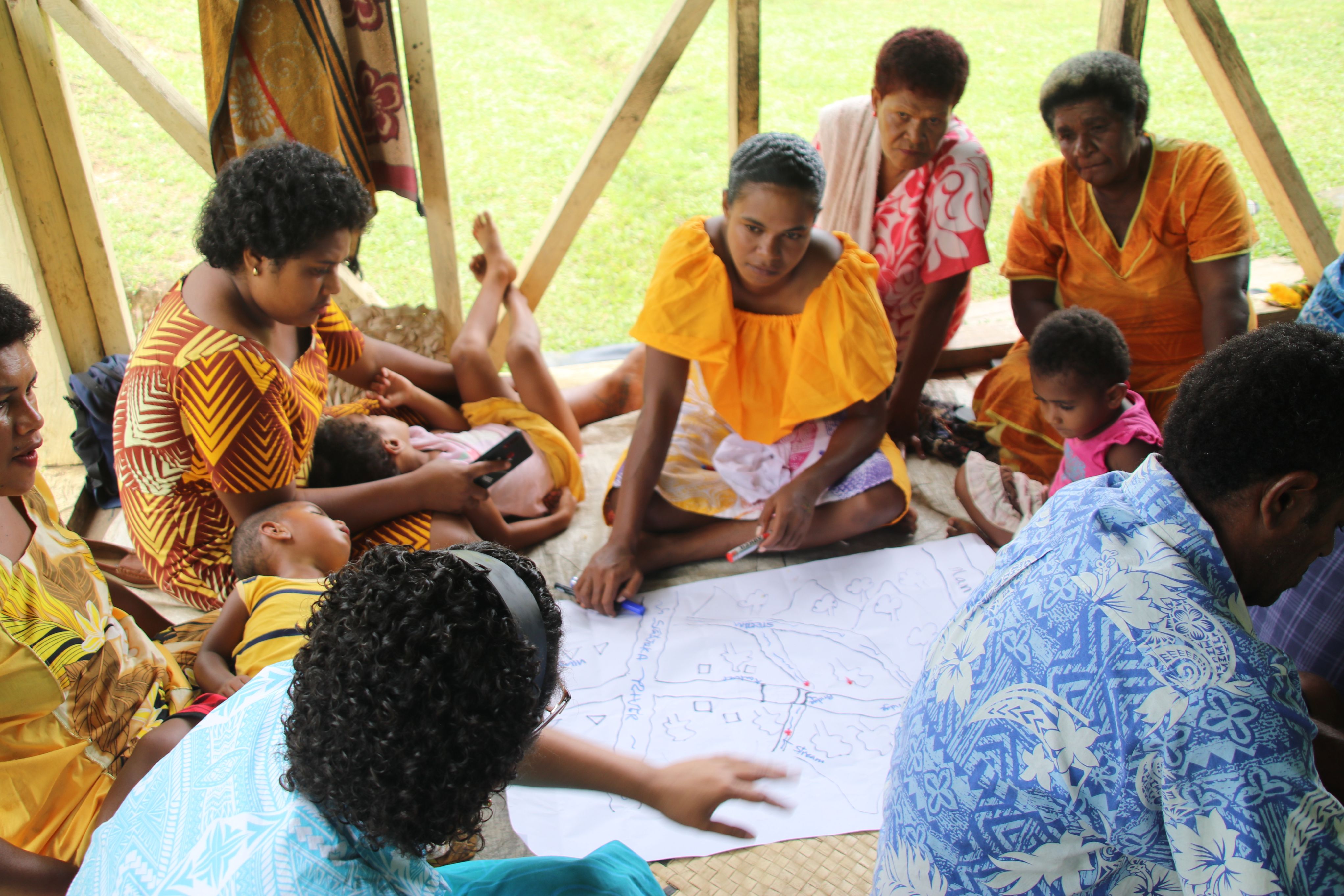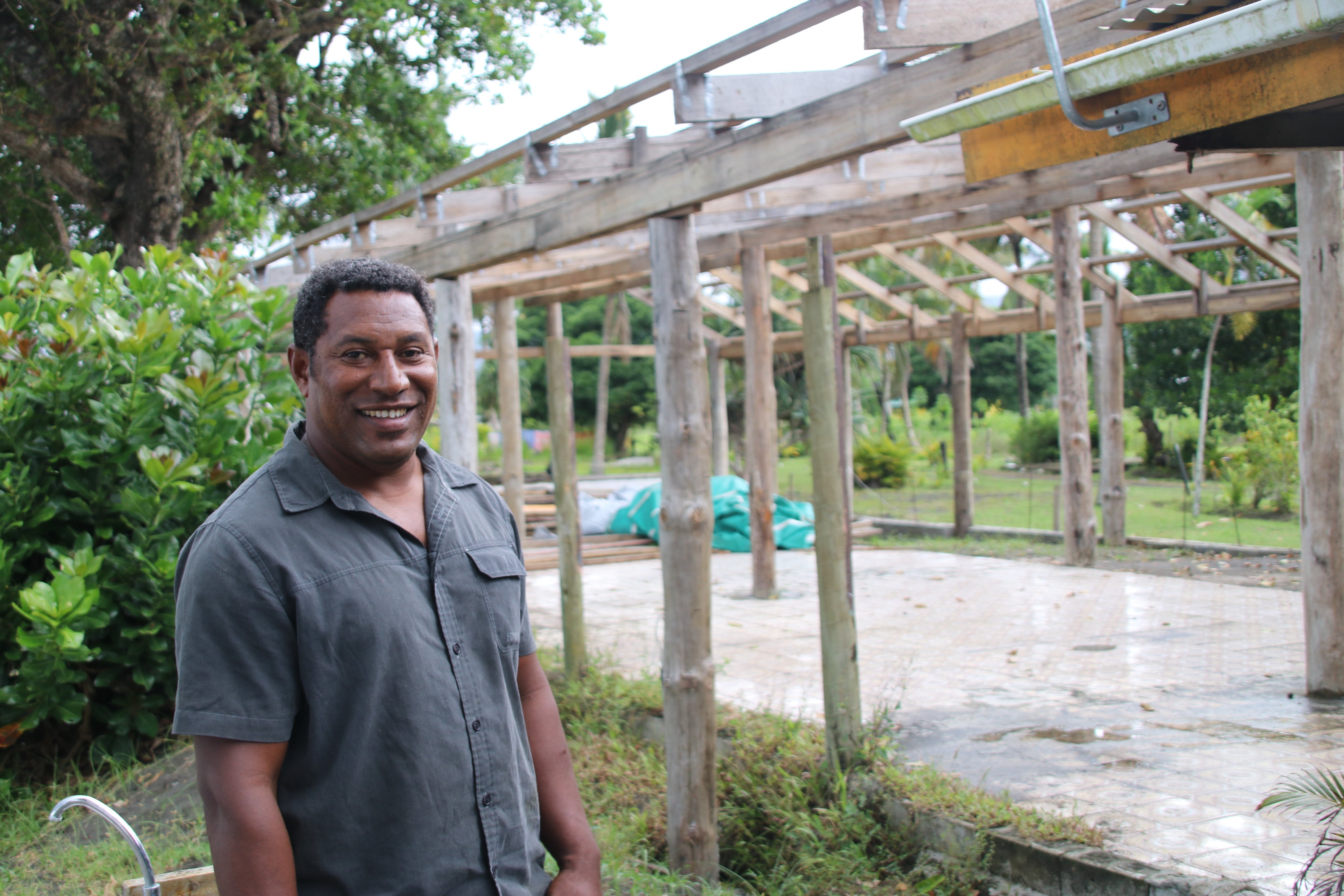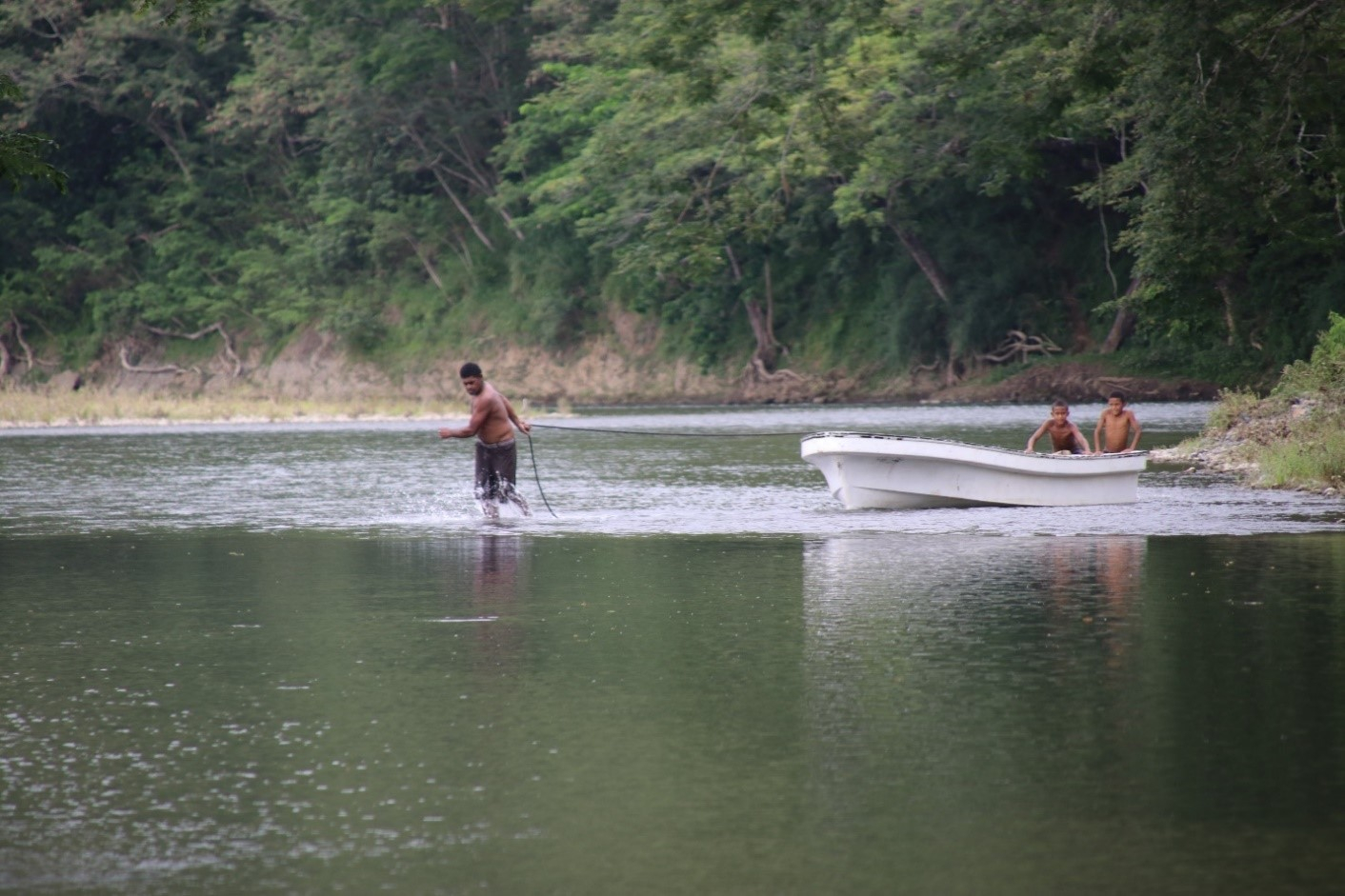Advancing local risk-informed development and financing strategies in Fiji
Tackling global challenges through local action
June 2, 2022

Risk-informed community access road at Ucunivanua Village in Verata, Tailevu, Fiji.
It is well understood that unlocking financing is pivotal when it comes to enhancing resilience and that accessing international financing has significant barriers, particularly for Small Island Developing States (SIDS).
We also understand that the climate and disaster risk finance that is available is finite, and difficult to access in a timely fashion.
Even when we do access support – the financing we receive often lacks flexibility and isn’t sufficient or proportionate to the vulnerability and risks we seek to address.
In the Pacific, climate and disaster risks, and the challenges associated with financing resilient development, are most evident at the community level. In communities, climate change projects, disaster risk reduction initiatives and development programmes are often conceived, developed and implemented separately. This is despite the fact that, in many cases the risks from climate change and disasters are exacerbated by unchecked development; schools located on floodplains; exposed power lines; roads exposed to landslides or water tanks exposed to cyclones.
In response to the implications of poor development practices, the Government of Fiji has transformed the way climate change and disaster risks are managed by integrating and addressing these risks in development planning processes across all sectors. We refer to this as risk-informed development.
Locally led responses
Governments across the Pacific are enacting policies and legislation that increasingly require a more granular and locally oriented approach to risk management. The Fijian Government has taken this a step further to ensure that our policies and approaches also empower and are informed through direct participation from the community level.
Local governments, sub-national actors, community leaders, and others are together a driving force when it comes to our ability to enhance resilience. However, financing and securing sustainable development solutions for remote, culturally diverse, rural and maritime communities remains a challenge.

Community members participating in 'talanoa' and risk mapping exercises.
Appropriate financing instruments
In addition to a grounded understanding of local level risks, building resilience in the Pacific requires appropriate financing instruments. These instruments need to fund the capacity building, critical infrastructure, and socio-economic development gaps that exist alongside the needs associated with rising climate and disaster risks.
Applying to international climate funds or onboarding support from development banks to help finance the needs of a range of small communities can feel like bailing water out of a canoe full of holes. Without understanding the nuances and needs on the ground, or facilitating a clear way to account for local voices and approaches, financing proposal processes can quickly obscure and conflict with our resilience objectives. Not forgetting the lengthy and burdensome application processes.
Fiji’s policy transformation
In Fiji, we have recognized that rather than addressing climate and disaster risks through pilot projects, we need to ensure risks and their considerations are embedded within all our investments; by adopting a more programmatic approach to development. We have also recognized that risk-informing development - linking disaster and climate resilience to more comprehensive development policies, plans, and national budgets - can be used to leverage additional financing.

Risk-informed conference hall facility being at Natalei eco lodge, Nataleira village, Tailevu in Fiji.
To cement this risk-informed approach, the Fijian Parliament passed a Climate Change Bill in September 2021. The Act makes it clear that anticipating and managing the impacts of climate change and disasters cannot be sectorized or segregated from development. Ministries must now submit information on how climate change and disaster risks have been considered and addressed within annual budget submissions. It is creating the conditions for meaningfully mainstreaming into public investments.
This requirement is leading to transformative changes in the way we do development at the local level. We leverage the national budget with additional financing from external or donor partners to reduce risk across our entire development portfolio.
A further pillar in strengthening the way we consider the local or community level disaster and climate change risks is evident in the Ministry of Rural and Maritime Development and Disaster Management’s recent 10 Year Strategic Development Plan (2021-2031). This plan champions a collaborative and integrated approach to how economic development and risk priorities are approached at the community level and are supported by both local government and central government resourcing.
This treatment of disaster risk, climate change and sustainable development are also consistent with the ‘interwoven approach’, which is the cornerstone of our National Climate Change Policy (2018-2030) and the original basis of our Climate Change Act. Our strategic plan helps translate national policy into strategies and priorities that address risk at the grassroots level.
Lastly, in an effort to more directly access and control financing, the Fiji Development Bank has become an accredited entity to the Green Climate Fund, and we are currently pursuing further accreditation.

Villagers of Navula going out to fish.
Impacts on Fijian communities
What do these policies, approaches, and legal frameworks deliver in real terms? Is there an example of how these concepts and requirements become tangible development gains?
At the local level in Fiji, we have secured funding from the UNDP, through the Governance for Resilience project, to test a new model for supporting resilient community development. Thirty-eight budgeted development interventions have benefitted from additional financing to help cover the extra costs associated with ‘risk-informing’ the development activity. The funding is now being used to screen proposed development projects for disaster and climate change risks and then to cover the added costs of managing them.
More specifically, this additional financing is being used to reduce risks by, for instance, installing power lines underground, raising the floor of public buildings, or applying a climate-resilient agricultural approach within a broader productive sector investment. This approach will be scaled to 287 projects in the next budget cycle and used as the basis for more substantively capturing climate and disaster data from across the whole national budget. At scale, we anticipate this approach will ultimately shift from a culture of reaction to a culture of prevention, improving livelihoods and reducing economic impacts of disasters and climate change.
In conclusion
Resilience is highly contextual, varying greatly depending on geographical, social, environmental, cultural and other factors. As such, empowering local level action to define and finance resilient development is crucial. We need to use global leadership to empower local ingenuity, and to inspire donors and financing institutions to provide the flexibility for genuine consideration of local context.

 Locations
Locations